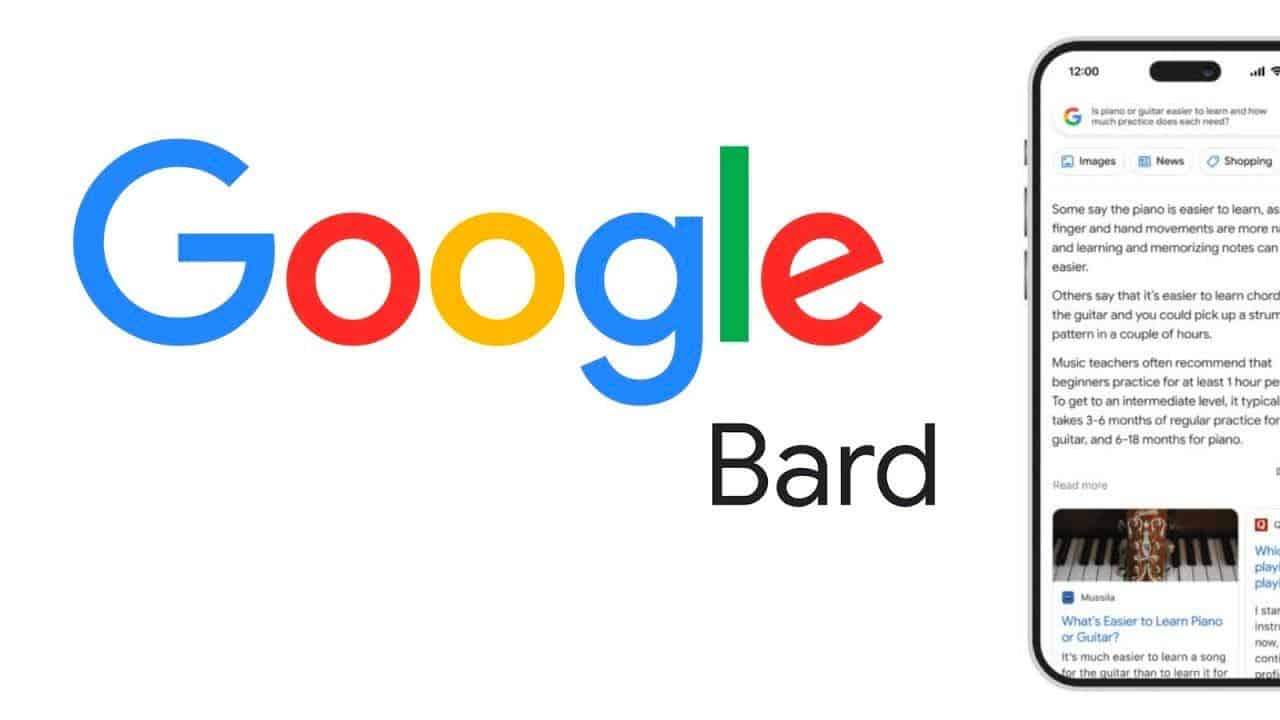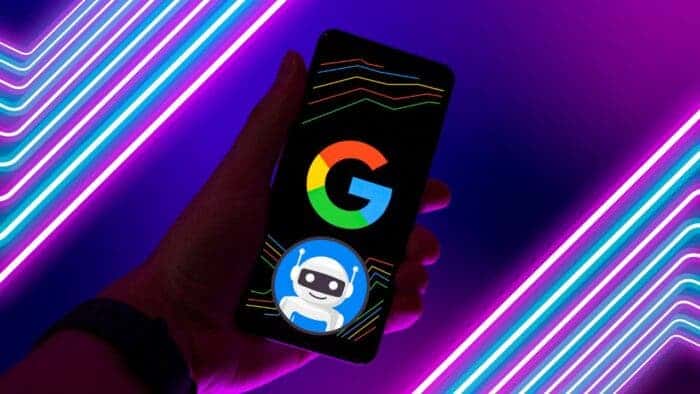Google introduced its own AI technology dubbed Bard on February 7th, 2023, with the intention of competing with OpenAI’s popular language model, ChatGPT-3. Now that OpenAI released GPT-4 for its ChatGPT Plus consumers, the tech giant is speeding the development of Bard. A recent report reveals Google employees are testing a better version of improved version named “Big Bard”. Let’s dive into the details of what the future of AI ChatBots holds for users and how giants are competing with each other to take the lead.
What Exactly Is Google’s Latest AI Bard?
Bard is a Google artificial intelligence chatbot that works similarly to ChatGPT. Users can obtain information by conversing with the chatbot. The chatbot uses a lightweight version of Google’s Language Model for Dialogue Application (LaMDA). According to Pichai, Bard is only available for testing by a few users, but it will soon be made available to the public. According to Tech Insider’s recent report, Google employees are already internally testing a superior version of Bard named Big Bard. The new version of chatbot provides more human-like responses because it uses larger parameters that make it more intelligent.
Bard was intended to help consumers find information more easily. Google’s chatbot now provides users with tough material in easy language, as well as fresh, high-quality, and reliable information. Bard is a competitor to ChatGPT due to its rapid development and release.
Is it possible for Bard to compete with ChatGPT AI?

In an earlier report on Bard, we shared what it will be capable of; here’s a recap. Google, recognized for its domination in the search engine industry, has announced the debut of Bard, an AI-based chatbot. The chatbot will provide consumers with the most up-to-date and high-quality responses to their questions. This means that Google’s latest AI technology can keep customers up to date on current events, whereas ChatGPT normally gives data up to 2021. LaMDA (Language Model for Dialogue Applications), a Convolutional Neural Language Model developed by Google, powers Bard.
Because smaller models often require less computer power, Google is presently introducing Bard with a lightweight version of LaMDA. As a result, Bard will be able to reach a larger number of users and gather more feedback. Google will collect input from external users and utilize it to improve the quality of Bard’s answers based on real-world data.
Google’s Chatbot Bard combines strength, intelligence, and inventiveness. The AI will collect information from consumers through answers and the web. Google is originally offering the AI system for testing with a lightweight version of LaMDA. The emphasis will be on gathering feedback through Bard in order to improve the AI system in the future.
How Can I Use Google’s New Bard?
When ChatGPT was first released, it was open to the public for testing, and anyone interested could simply access the program via OpenAI’s website. This, however, is not the case with Google’s Bard. Although the tool is still in the initial testing phase, the company has not yet made it available to the public, and only a chosen number of people have access to it. Not just that, few employees in the development team have access to a better version of Bard for internal testing.
Is it the first time Google trying to compete with trending Tech?

In the early 2010s, Google was experiencing a sense of panic as Facebook was on the rise, and Google feared that the social network giant would soon overshadow their search engine. Then-CEO Larry Page instructed his employees that their bonuses would now be linked to Google’s success in the social media sphere in response. This instruction led to a wave of social integrations across Google’s products, which the user base widely disliked.
One notorious example of this was YouTube’s integration with Google+, which led to the site being flooded with spam. Additionally, creating a new Gmail account required users to create a Google+ account, effectively removing the anonymous usage of Google products. Google Search even featured “+1” buttons, a social feature many found to be intrusive.
But this was just the tip of the iceberg. Google had launched a social network called “Google Buzz,” which was built into Gmail and caused a significant backlash as users were initially forced to join before the Google+ fiasco.
So it will be worth watching how Google Bard or Big Bard – if they finally decide to go with the latter name, will compete with OpenAI’s ChatGPT.
The Running Cost of AI is extremely high
If you’re already using tools like ChatGPT, you may be unaware of the cost each query contributes to OpenAi’s expenses; it’s roughly 0.36 cents. According to John Hennessy from Alphabet, “search utilizing AI might potentially cost Google 10 times more than typical search query”. For now, Google answers over 8.5 billion searches; if we just put it in context, it would burn more than $1.53 billion/day. This is because Google will be using its data centers and GPUs from Google Cloud, which might cost them half of what OpenAI is paying. Nonetheless, it is clear that Google will not include Big Bard in Google Search for the general audience. They’ll have to figure out how to sell it first, like ChatGPT Plus, which currently allows customers to access GPT4 features.
The future looks promising with this new trend of AI tools emerging from left, right, and center. Top tech giants are in the fight to take the lead with massive data, and among them, Google has a possibility of leaping to success. However, the launch first-debug later strategy of OpenAI is providing them benefits for now.





